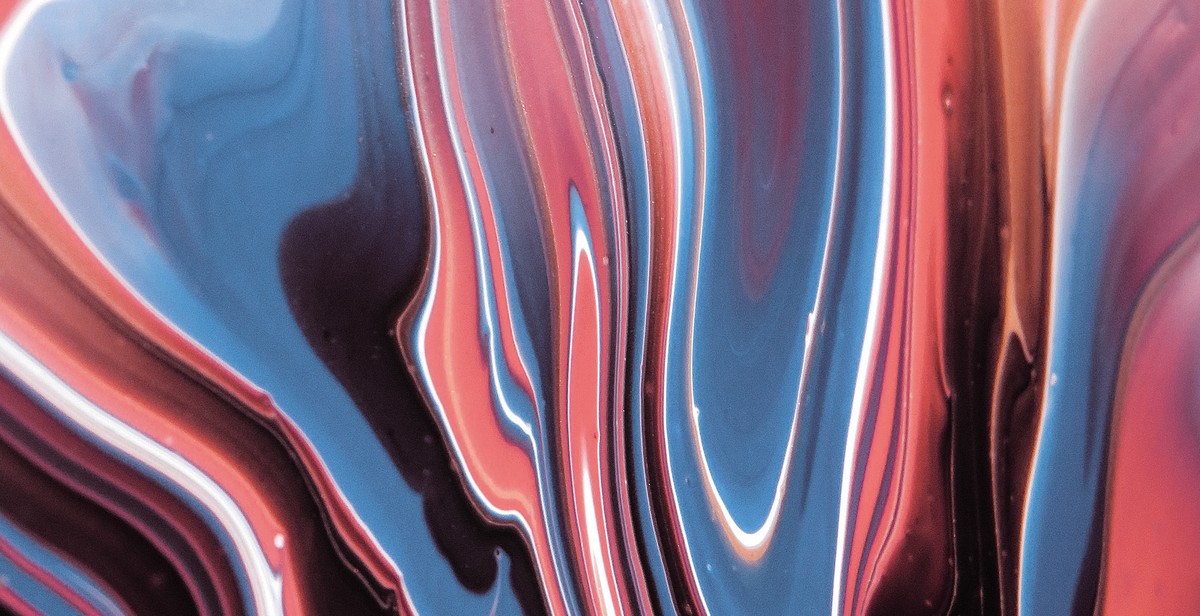How to Use Color Theory in Graphic Design: Creating Visual Harmony and Impact
Color is one of the most powerful tools in the graphic designer’s toolbox. It can evoke emotion, convey meaning, and create a sense of visual harmony that draws the eye and captures the imagination. But using color effectively is not always easy. It requires an understanding of color theory and how different colors work together to create a cohesive design.
In this article, we will explore the basics of color theory, including the color wheel, color schemes, and color psychology. We’ll also discuss how to use color effectively in graphic design, from choosing a color palette to creating contrast and balance. Whether you’re a seasoned designer or just starting out, this guide will provide you with the knowledge and tools you need to create visually compelling designs that make an impact.
What is Color Theory?
Color theory is the study of how colors interact with each other and how they can be combined to create visually appealing designs. At its core, color theory is based on the color wheel, which is a circular diagram that shows the relationships between primary, secondary, and tertiary colors.
There are several different color schemes that can be derived from the color wheel, each with its own unique properties and effects. Understanding these color schemes and how they can be used to create contrast, balance, and visual interest is key to creating successful designs.

Understanding Color Theory
Color theory is the study of colors and how they interact with each other. It is an essential aspect of graphic design and is used to create visual harmony and impact in designs. Understanding color theory involves learning about the color wheel, color harmony, and color psychology.
The Color Wheel
The color wheel is a visual representation of the relationships between colors. It is made up of twelve colors, including three primary colors (red, blue, and yellow), three secondary colors (green, purple, and orange), and six tertiary colors (red-orange, yellow-orange, yellow-green, blue-green, blue-purple, and red-purple).
The color wheel is divided into warm and cool colors. Warm colors, such as red, yellow, and orange, are associated with energy, warmth, and excitement. Cool colors, such as blue, green, and purple, are associated with calmness, relaxation, and serenity.
Color Harmony
Color harmony is the combination of colors that are pleasing to the eye. There are several color harmonies, including complementary, analogous, triadic, and tetradic.
- Complementary color harmony involves using colors that are opposite each other on the color wheel, such as red and green or blue and orange.
- Analogous color harmony involves using colors that are adjacent to each other on the color wheel, such as red, orange, and yellow.
- Triadic color harmony involves using three colors that are equally spaced on the color wheel, such as red, blue, and yellow.
- Tetradic color harmony involves using four colors that are two sets of complementary colors, such as blue and orange, and yellow and purple.
Color Psychology
Color psychology is the study of how colors affect human behavior and emotions. Different colors can evoke different emotions or feelings in people. For example, red is associated with passion and excitement, while blue is associated with calmness and trust.
Understanding color psychology is important in graphic design because it can be used to convey specific messages or emotions in designs. For example, a restaurant may use red in their logo to evoke hunger and excitement, while a healthcare company may use blue to convey trust and professionalism.
| Color | Emotion/Feeling |
|---|---|
| Red | Passion, excitement, hunger |
| Blue | Calmness, trust, professionalism |
| Green | Nature, growth, wealth |
| Yellow | Happiness, optimism, caution |
| Purple | Royalty, luxury, creativity |
| Orange | Energy, warmth, enthusiasm |
By understanding color theory, graphic designers can create designs that are visually appealing and convey the desired message or emotion to the audience.

Using Color Theory in Graphic Design
Color theory is an essential aspect of graphic design. It involves the study of how colors can be combined and used to create visual harmony and impact. By understanding color theory, designers can create designs that evoke specific emotions, convey messages, and communicate ideas effectively. Here are some ways to use color theory in graphic design:
Choosing a Color Scheme
When choosing a color scheme, designers need to consider the color wheel. The color wheel is a tool that helps designers choose colors that complement each other. There are three types of color schemes:
- Monochromatic: This scheme involves using different shades of the same color. It creates a sense of unity and simplicity.
- Analogous: This scheme involves using colors that are next to each other on the color wheel. It creates a sense of harmony and balance.
- Complementary: This scheme involves using colors that are opposite each other on the color wheel. It creates a sense of contrast and vibrancy.
Using Contrast and Saturation
Contrast is an essential aspect of graphic design. It involves creating a visual difference between elements in a design. Designers can use contrast by using different colors, shapes, sizes, and textures. Contrast helps to create visual interest and hierarchy.
Saturation refers to the intensity of a color. Designers can use saturation to create different moods and emotions. High saturation colors are vibrant and energetic, while low saturation colors are calm and subdued.
Creating Mood and Emotion
Colors can evoke specific emotions and moods. For example, red is associated with passion and energy, while blue is associated with calmness and trust. Designers can use colors to create a specific mood or emotion in their designs. For example, a healthcare website may use blue to create a sense of calmness and trust, while a restaurant website may use red to create a sense of passion and energy.
| Color | Mood/Emotion |
|---|---|
| Red | Passion, energy |
| Orange | Warmth, excitement |
| Yellow | Happiness, optimism |
| Green | Nature, growth |
| Blue | Calmness, trust |
| Purple | Royalty, luxury |
| Black | Mystery, sophistication |
| White | Cleanliness, purity |

Color Theory in Branding and Marketing
Creating a brand identity is crucial for any business, and color plays a significant role in building that identity. Colors have the power to evoke emotions, and the right combination of colors can create a lasting impression on your target audience. Understanding color theory is essential in creating a cohesive and effective brand identity.
Using Color in Marketing Materials
When it comes to marketing materials, color can make or break the success of a campaign. The right color can attract attention, convey a message, and even influence purchasing decisions. For example, red is often used to create a sense of urgency, while blue is associated with trust and reliability.
It’s important to consider the psychology behind colors and how they will be perceived by your target audience. For instance, if your target audience is primarily women, you may want to use more feminine colors such as pink or lavender. On the other hand, if your target audience is primarily men, you may want to use more masculine colors such as blue or green.
Color Trends and Forecasting
Color trends are constantly changing, and it’s important to stay up-to-date with the latest color trends and forecasting. Pantone, a leading color authority, releases a Color of the Year each year, which influences design and fashion trends. For example, the 2020 Color of the Year is Classic Blue, which represents stability, calmness, and confidence.
However, it’s important to keep in mind that color trends are not one-size-fits-all. What works for one brand may not work for another. It’s essential to consider your brand’s personality, message, and target audience when selecting colors for your marketing materials.
| Color | Emotions/Associations |
|---|---|
| Red | Urgency, passion, excitement |
| Blue | Trust, reliability, calmness |
| Green | Growth, health, nature |
| Yellow | Happiness, optimism, warmth |
| Purple | Royalty, luxury, creativity |
| Orange | Energy, excitement, warmth |
In conclusion, color theory is a crucial aspect of branding and marketing. The right combination of colors can create a visual harmony that resonates with your target audience and leaves a lasting impression. By understanding the psychology behind colors and staying up-to-date with color trends, you can create a successful and effective brand identity.

Conclusion
Color theory is a fundamental aspect of graphic design that can make or break a design. By understanding the basic principles of color theory, designers can create visual harmony and impact that effectively communicates the intended message to the audience.
In this article, we explored the color wheel, color schemes, color psychology, and the use of color in branding. We also discussed the importance of contrast, balance, and hierarchy in creating a visually appealing design.
Remember, color is not just about aesthetics, it also has a psychological impact on the viewer. By selecting the right colors and using them effectively, designers can influence the way people perceive and feel about a brand or message.
When incorporating color theory in your designs, it is important to consider the target audience and the intended message. Experiment with different color combinations and techniques until you find the perfect balance that conveys the desired emotions and effectively communicates the message.
By applying the principles of color theory in your graphic design projects, you can create visually stunning and impactful designs that leave a lasting impression on your audience.
